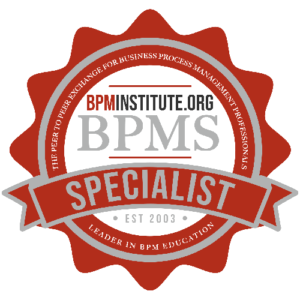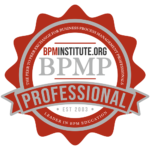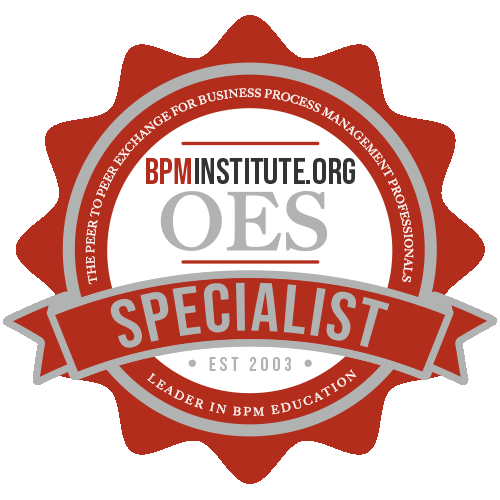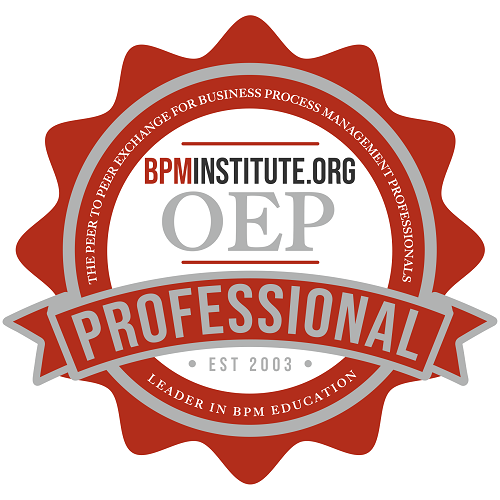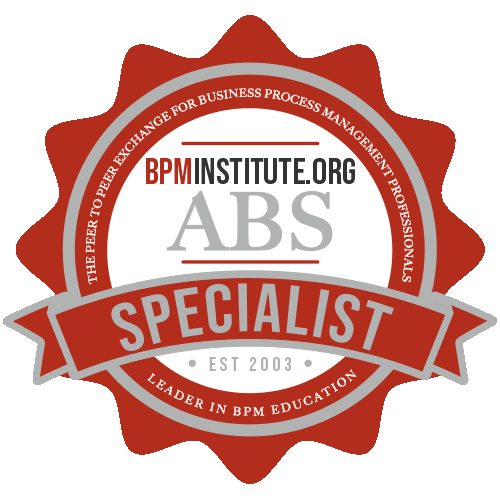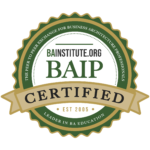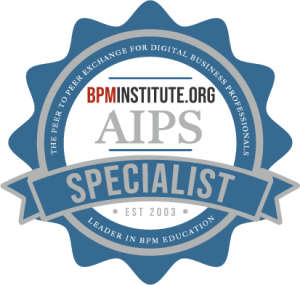While everyone is bound and determined to build an SOA within their enterprise–perhaps even between enterprises–few have attempted to determine their Return on Investment (ROI) to justify this approach and technology. True to form, we are again approaching new technology with fervor and excitement, but we also need to figure out the business case for this movement.
The Top 5 SOA Adoption Pitfalls of 2005
It’s been a tumultuous year in the world of SOA and we’re just at the beginning of rollercoaster ride. As organizations continue to re-examine the ever-shifting landscape of service design, service buses, service governance, and even just services, there are often mixed emotions. Many are confused as to the maturity and overall status of SOA in the IT industry, but there is definite sense of excitement around its touted potential to unite business and technology.
Many SOA initiatives were launched this year, each with its own set of goals and expectations.
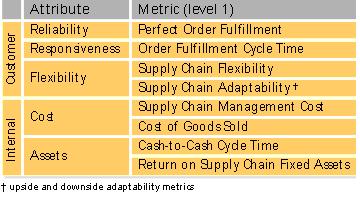
How to Select a Metric – How Are You Being Measured?
In a previous life I was in charge of management reporting for the pan-European logistics organization for Compaq. My team was responsible for monitoring and reporting the daily, weekly, monthly and quarterly performance and progress of the operations. We provided reports on shipments-to-date, invoices send, estimated shipments for the remainder of the day, week or month, order cycle time and average shipment lead-times, and on and on. None of these metrics would keep me awake at night or would cause heavy discussion on accuracy and validity of the metric.

Managing Processes for Performance
Business process management (BPM) technology continues to grow and mature.
The Future Impact of BPDL on Business
Gaining visibility of a corporation’s Business Processes stands to be one of the greatest industrial and commercial breakthroughs of this century for the corporations that step up to the challenge…and the probable demise of those who don’t. Here’s why….
Increased Speed and Risk in Operations – many organizations are still in the Business Process – “horse and buggy” era…these businesses still rely on big binders full of written procedures covering how their business “does” its business and its procedures.
Process improvement: A Case Study in Revenue Generation Process Improvement
The Sales team wanted to increase revenue. Senior executives favored buying a CRM solution but IT suggested a process review first. A process difficulty assessment was completed and the problem processes identified. The team worked with business areas to implement...

BPMS Watch: Analyzing and Optimizing Process Performance
The hottest trend now in BPM suites is integrated performance management. While BPMS and its workflow ancestors have always featured basic process monitoring and work statistics, the kind of performance management now emphasized is more closely aligned with metrics strategic to the business: the percentage of orders filled immediately, or conformance with service level targets, broken down by customer type. These once were the sole province of business intelligence (BI) software, but performance management analytics and real-time business activity monitoring are now being bro
The Big Deal: Business Governance of Business Rules
The words “business governance of business rules” is an extremely important, if not explosive, topic. It alludes to turning over the keys of the business back to the business itself. Yet, doing so is an organizationally complex issue.
A reasonable goal is to provide an easy way for business (versus technical) people to write or change the rules of the business, such that doing so maximizes the understanding of the rules, while minimizing the pain (and rigor) of writing them. If writing them properly is too difficult, they won’t do it.
So, it is advantageous to start with a
Transition of a Business Analyst to a Business Rules Analyst
Who is a Business Analyst?
Business analyst studies the overall business and information needs of an organization in order to develop appropriate solution strategies. As the key liaison between business and information technology departments, the business analyst is responsible for gathering and documenting business requirements and translating them into functional system design specifications that can be successfully executed by IT development teams. A business analyst acts as the communication central between the business and the technology people.
Sarbanes-Oxley Compliance Can Lead to Great Improvements in Company Alliance and Partnership Results
The Sarbanes-Oxley Act of 2002 has caused big changes in big business with a hefty price tag. Not only must publicly traded companies document and comply with the financial reporting and internal audit control requirements of the Act, they must also continuously attest, measure and document changes of the related processes to ensure continued compliance.
The challenge of complying with Sarbanes-Oxley requirements inside of a company is notably a time-consuming, costly and arduous task. The good news is that the internal control systems that companies are building will
